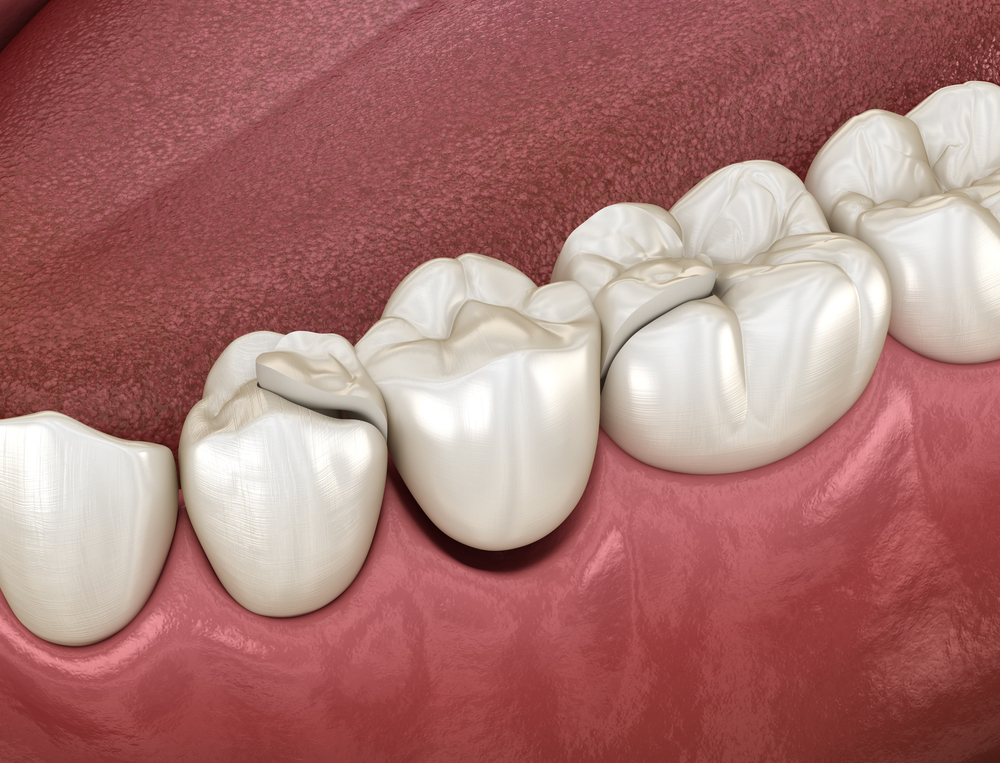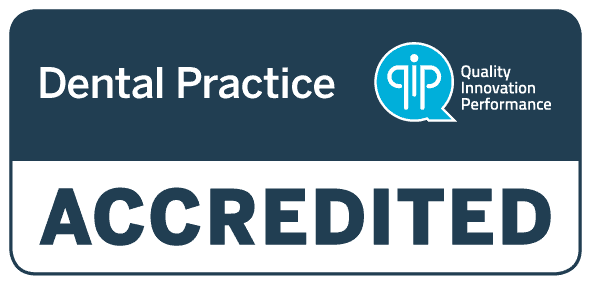Dental bridges serve as crucial prosthetic devices used to replace missing teeth and restore oral function and aesthetics. A dental bridge can be a vital solution when a patient experiences tooth loss, whether due to injury, decay, or other reasons.
The purpose of a dental bridge is not only to fill in the gap left by a missing tooth but also to prevent adjacent teeth from shifting out of place. By maintaining the alignment of surrounding teeth, a dental bridge contributes to proper bite function and oral health. Additionally, dental bridges play a significant role in dental restoration, helping individuals regain confidence in their smiles.
With the help of a well-crafted dental bridge, patients can enjoy a natural smile that is seamlessly restored. However, to ensure the longevity of a dental bridge, proper oral hygiene practices must be maintained, including regular brushing, flossing, and dental check-ups.
Types of Dental Bridges
Individuals can explore various types of dental bridges tailored to their specific needs and oral health conditions. The most common types of dental bridges include traditional bridges, cantilever bridges, Maryland bridges, and implant-supported bridges.
Traditional bridges are the most popular and consist of one or more artificial teeth held in place by dental crowns on either side of the gap. Cantilever bridges are similar to traditional bridges but are supported by a crown on only one side. Maryland or resin-bonded bridges use a metal or porcelain framework with wings bonded to the back of the adjacent teeth.
Implant-supported bridges are a more modern option that involves surgically placing dental implants into the jawbone to support the bridge. These bridges are considered more stable and durable compared to traditional options. When deciding on the type of dental bridge, factors such as cost, oral health, and personal preference should be taken into consideration to ensure the best outcome for the individual.
Components of a Dental Bridge
Exploring the anatomy of a dental bridge reveals essential components, such as the pontic and the abutment, which are integral to its structure and functionality. These components work together seamlessly to restore your smile and dental health.
Here are four key components of a dental bridge:
- Pontic: The pontic is the artificial tooth that replaces the missing tooth and fills the gap in your smile.
- Abutment: The abutment refers to the natural teeth or dental implants on either side of the gap that support the pontic.
- Dental Crowns: Dental crowns are placed on the abutment teeth to provide stability and support for the bridge.
- Crown Materials: Bridges are often made from materials like porcelain, which can be colour-matched to your natural teeth for a seamless blend.
Understanding these components is crucial in comprehending the functionality and structure of a dental bridge. Knowing what each part does, you can better appreciate the importance of proper maintenance and care for your dental bridge.
Visual Appearance of Dental Bridges
The visual aesthetics of dental bridges play a pivotal role in enhancing the overall appearance of a patient’s smile. When considering the aesthetic appearance of dental bridges, it is essential to understand the various types and materials used in their construction.
Dental bridges can be made from porcelain, ceramic, or metal alloys. Porcelain and ceramic bridges are popular choices because they mimic teeth’ natural colour and translucency, providing a more aesthetically pleasing result. Metal alloys are also used in some cases for their durability and strength, although they may not be as visually appealing.
Colour matching is crucial in creating dental bridges that blend seamlessly with the natural teeth, ensuring a harmonious smile. Different types of bridges offer varying levels of aesthetic appeal, with some being more discreet than others. Patients can discuss with their dentist the best options for achieving the desired appearance while considering material composition and overall look. Dental bridge images can help visualise the potential outcomes and make informed decisions about the aesthetics of the dental bridge.
Maintenance and Care for Dental Bridges
Proper maintenance and care for dental bridges are essential aspects of ensuring their longevity and functionality. To maintain your dental bridge effectively, consider the following tips:
- Regular Cleaning: Proper cleaning of your dental bridge is crucial to prevent plaque buildup and maintain oral hygiene.
- Flossing: Flossing around the dental bridge helps remove debris and food particles that may accumulate between the teeth.
- Healthy Eating Habits: Avoid hard or sticky foods that could damage the dental bridge and maintain a balanced diet for oral health.
- Routine Dental Check-ups: Regular visits to your dentist for check-ups and professional cleaning can help monitor the condition of your dental bridge and address any issues promptly.
Key Takeaways: Enhance Your Smile with Dental Bridges
Proper maintenance and care of dental bridges are paramount for those seeking to enhance their smile and restore missing teeth. By undergoing a dental assessment and choosing the best-fixed replacement option, such as the Maryland Bridge, patients can achieve a natural look and long-lasting solution.
Maintaining good oral hygiene, attending regular check-ups, and following the dentist’s recommendations will ensure the durability and effectiveness of the dental bridge, enhancing both aesthetics and oral health. With a well-cared-for dental bridge, individuals can enjoy the benefits of a complete set of teeth and a radiant smile.
For expert dental care and smile enhancement services, contact Wollongong Dentist 4 U in Fairy Meadow, NSW 2519 today.



